
National Aeronautics and Space Administration
The
BRAIN
in Space
A Teachers Guide With Activities for Neuroscience
This page intentionally left blank.
The Brain in Space
A Tea c hers Guide With Activities for Neuroscience
National Aeronautics and Space Administration Life Sciences Division
Washington, DC
This publication is in the Public Domain and is not protected by copyright.
Permission is not required for duplication.
EG-1998-03-118-HQ
This page intentionally left blank.

This publication was made possible by the National Aeronautics and Space Administration, Cooperative Agreement No. NCC 2-936.
Principal Investigator:
Walter W. Sullivan, Jr., Ph.D. Neurolab Education Program Office of Operations and Planning Morehouse School of Medicine Atlanta, GA
Writers:
Marlene Y. MacLeish, Ed.D.
Director, Neurolab Education Program Morehouse School of Medicine Atlanta, GA
Bernice R. McLean, M.Ed.
Deputy Director, Neurolab Education Program Morehouse School of Medicine
Atlanta, GA
Graphic Designer and Illustrator:
Denise M. Trahan, B.A. Atlanta, GA
Technical Director:
Perry D. Riggins
Neurolab Education Program Morehouse School of Medicine Atlanta, GA
This page intentionally left blank.
Contributors
This publication was developed for the National Aeronautics and Space Administration (NASA) under a Cooperative Agreement with the Morehouse School of Medicine (MSM). Many individu- als and organizations contributed to the production of this curriculum. We acknowledge their support and contributions.
Atlanta Public School System Society for Neuroscience
The Dana Alliance for Brain Initiatives
NASA Headquarters:
Code UL, Life Sciences Division
Mary Anne Frey, Ph.D. Rosalind A. Grymes, Ph.D. David R. Liskowsky, Ph.D.
Code FE, Education Division
Pamela L. Mountjoy
Education Program Manager NASA Headquarters Washington, DC
Jane A. George
Educational Materials Specialist Teaching From Space Program Washington, DC
Gloria Barnes Publications Manager
Karol Yeatts, Ed.D.
NASA-Ames Research Center
Joseph Bielitzki, D.V.S., M.S.
Morehouse School of Medicine Neuroscience Institute:

Peter MacLeish, Ph.D. John Patrickson, Ph.D. Holly Soares, Ph.D.
Joseph Whittaker, Ph.D.
Neurolab Education Program Advisory Board:
Gene Brandt
Milton C. Clipper, Jr. Mary Anne Frey, Ph.D. Charles A. Fuller, Ph.D. Rosalind A. Grymes, Ph.D.
William J. Heetderks, M.D., Ph.D. Peter R. MacLeish, Ph.D.
Charles M. Oman, Ph.D. Rhea Seddon, M.D.
Jane Smith, Ed.D. Ronald J. White, Ph.D.
Consulting Editors:
Ron Booth, Ph.D. James Denk, M.A.
Wyckliffe Hoffler, Ph.D. Roy Hunter, Ph.D. Fernan Jaramillo, Ph.D. Ollie Manley, Ph.D.
Nancy Pearson Moreno, Ph.D. Barbara Tharp, M.S.
Gregory L. Vogt, Ed.D.
Lesson/Activity Contributors:
Timothy Aman, M.S. Kenneth M. Baldwin, Ph.D. Luis Benavides, Ph.D.
Gunnar C. Blomqvist, M.D., Ph.D. Bernard Cohen, M.D.
Charles A. Czeisler, Ph.D., M.D.

Lesson/Activity Contributors (Continued):
Dwain L. Eckberg, M.D. Charles A. Fuller, Ph.D. Kathleen Heffernan, Ph.D.
Stephen M. Highstein, M.D., Ph.D. Gay Robbins Holstein, Ph.D.
Jerry L. Homick, Ph.D. Eberhard R. Horn, Ph.D. Kenneth S. Kosik, M.D. Bruce L. McNaughton, Ph.D.
Richard S. Nowakowski, Ph.D. Gina Poe, Ph.D.
Gordon Kim Prisk, Ph.D. Danny Riley, Ph.D. Muriel D. Ross, Ph.D. Janet Silvera, B.Sc.
Dan Sulica, M.Sc. Kerry D. Walton, Ph.D.
Bonita Waters-Alick, Ph.D. John B. West, M.D., Ph.D., D.Sc.
Michael L. Wiederhold, Ph.D.
Recommended Guide Usage
The lessons and activities in this guide will engage your students in the excitement of space life science investigations after the Neurolab Spacelab mission. It is our goal that the information in this guide will inspire both you and your students to become interested and active participants in this space mission.
Few experiences can compare with the excite- ment and thrill of watching a Shuttle launch. This guide provides an opportunity for you and your students to go one step further by con- ducting the experiments on Earth that are rele- vant to the research conducted in space.
The Brain in Space tea c hers guide is w r itten for you, the teacher. The activities presented in The Brain in Space are most appropriate for middle and high school life sciences teachers and their students. The NASA Neurolab Space Shuttle flight, STS 90, was scheduled for lift-off in April 1998.
National Science and Math Education Standards
The Brain in Space activities are compatible with the National Science and Math Education Standards. Because many of the activities and demonstrations apply to more than one subject area, a matrix chart relates activities to national standards in science and mathematics and to science process skills. In each matrix, the sci- ence and math content standards are listed along the left margin. Activities within a given section that fulfill a listed standard or include the development of a listed skill are designated with the symbol in the appropriate column.
Scientific Method
Since scientists jobs frequently call for effective communication of scientific results to the com- munity, special emphasis is placed on involving students in activities that require the develop- ment and delivery of scientific presentations.







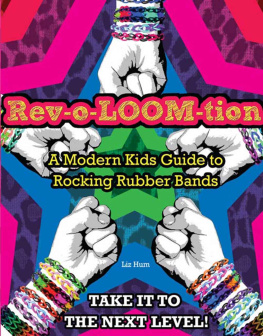
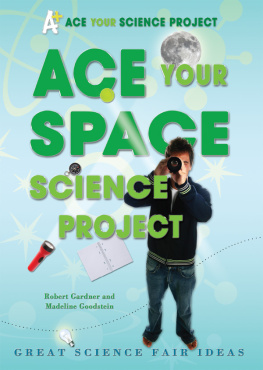
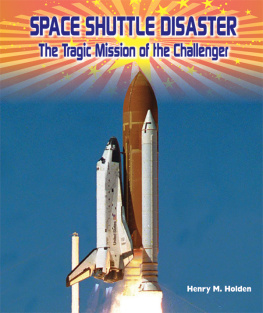

 National Aeronautics and Space Administration
National Aeronautics and Space Administration
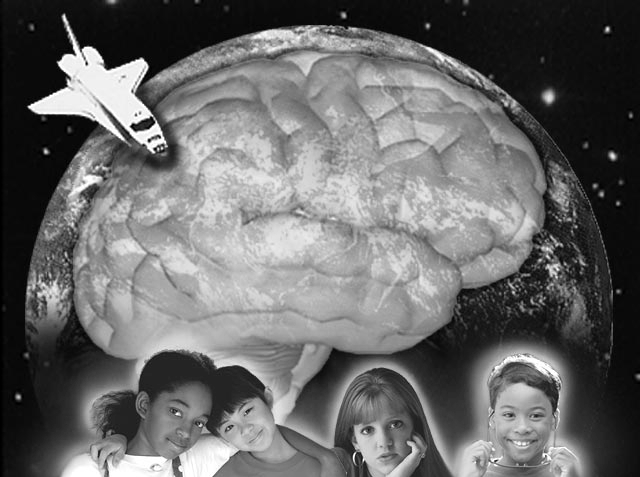

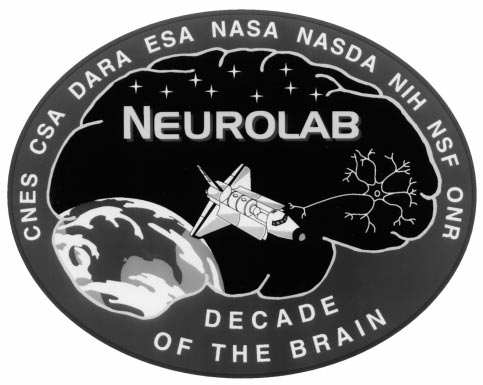
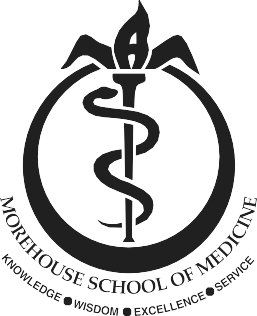

 This publication was made possible by the National Aeronautics and Space Administration, Cooperative Agreement No. NCC 2-936.
This publication was made possible by the National Aeronautics and Space Administration, Cooperative Agreement No. NCC 2-936.
 Peter MacLeish, Ph.D. John Patrickson, Ph.D. Holly Soares, Ph.D.
Peter MacLeish, Ph.D. John Patrickson, Ph.D. Holly Soares, Ph.D.
 Lesson/Activity Contributors (Continued):
Lesson/Activity Contributors (Continued):